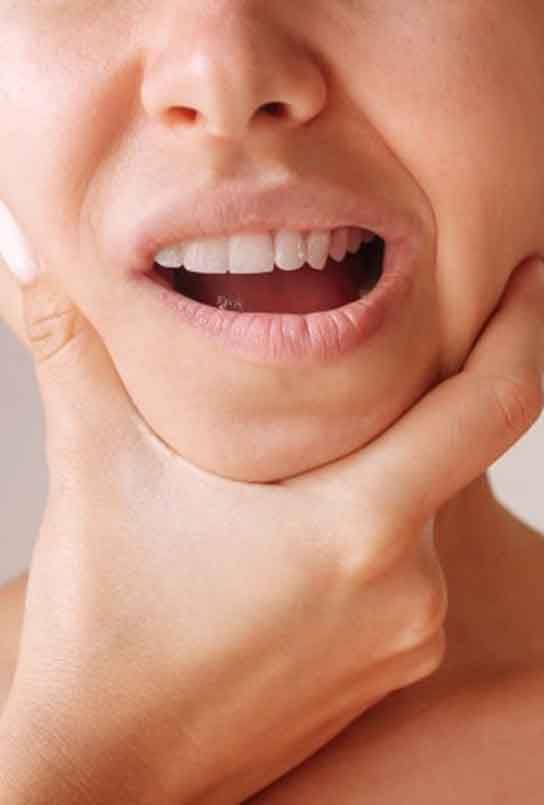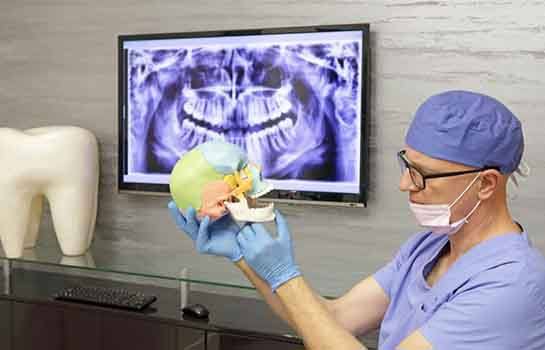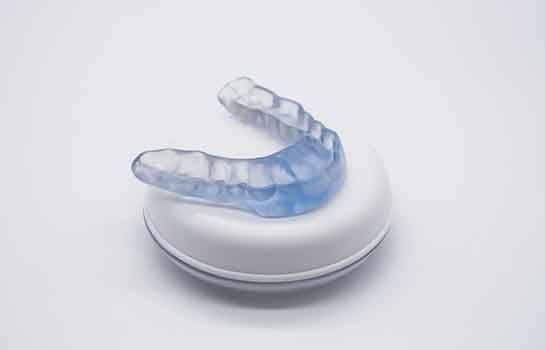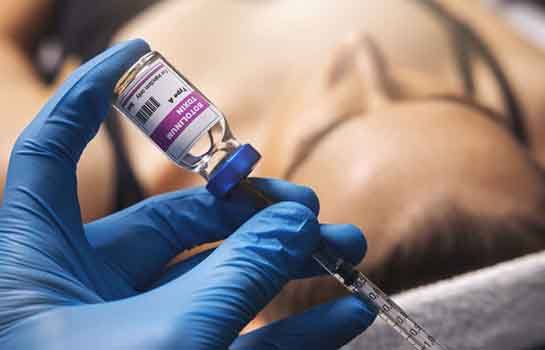TMJ Treatment Auburn
Soothe Your Sore Jaw

Do you often struggle with symptoms like a sore jaw, tense facial muscles, and difficulty chewing? If so, you might have a condition known as temporomandibular joint disorder (TMD). Without treatment, this problem can seriously affect your quality of life! The good news is that our Auburn team offers non-invasive treatments that can soothe your sore jaw and potentially produce long-term symptom relief. Continue reading below to learn more, or contact our office directly to request an appointment. We look forward to serving you!
Why Choose Auburn Dental Smiles for TMJ Treatment?
- Non-Invasive Treatment Options
- Highly Dedicated Dentists & Team Members
- Reasonable Fees & Multiple Payment Options
What Is TMJ Disorder?

Temporomandibular joint disorder is sometimes referred to as TMD or even TMJ. However, calling it TMJ is a misnomer because TMJ is actually the name of your jaw joints! These delicate and complex structures control movement of your lower jaw. They allow you to speak, eat, laugh, and make a range of facial expressions.
Unfortunately, when the TMJs suffer damage or inflammation, a broad range of unpleasant symptoms can result. TMD may be caused by issues like injury, stress, teeth grinding, or other factors.
Symptoms of TMJ Disorder

TMJ disorder can cause quite a few different symptoms. Here are some of the most common:
- Jaw pain or soreness
- Clicking, popping, or grating sounds when opening or closing the mouth
- Difficulty or discomfort when chewing or biting
- Stiffness or limited movement of the jaw joint
- Headaches, particularly around the temples
- Migraines
- Pain in the neck, back, and shoulders
- Earaches or ringing in the ears (tinnitus)
- Facial pain or swelling along the jawline
- Locking of the jaw in an open or closed position
Treatments for TMJ Disorder

In order to determine the best way to treat your TMJ disorder, our team will perform a thorough evaluation. We will ask about your symptoms and carry out an examination. We may also take some X-rays of the joint. Once we gather adequate information, we can talk to you about your treatment options. Things like lifestyle changes and dietary adjustments may provide a degree of relief. However, we will also likely recommend a professional treatment, such as an occlusal splint or BOTOX injections.
Occlusal Splint

An occlusal splint is a custom-made oral appliance that gently repositions the jaw in order to take stress off it and help your facial muscles relax. It can also prevent teeth grinding and clenching. With consistent use of their occlusal splint, many patients experience long-term symptom relief.
BOTOX® Injections

While BOTOX is most famous for its cosmetic applications, it can also be a valuable tool in the battle against TMD. Strategic injections can force your facial muscles to relax, which can relieve tension, reduce teeth grinding, and significantly reduce pain. You may choose to visit us every few months for additional injections so you can continue enjoying results.
TMJ Treatment FAQs
Can TMJ Disorder Be Cured Permanently?
The answer to this question is sometimes yes, but it largely depends on what’s causing the problem as well as how severe your symptoms are. On top of that, some forms of TMJ treatment offer longer-lasting results than others. BOTOX injections wear off after a while, so they can only provide temporary relief. In contrast, an occlusal splint can potentially help address the cause of your TMJ disorder, thus allowing you to achieve long-term relief.
Is BOTOX for TMJ Disorder Safe?
BOTOX for TMJ disorder involves injecting botulinum toxin into the muscles around the jaw joints, thus giving them a chance to relax. The idea of having any sort of toxin injected into your face may make you nervous, but rest assured that the treatment is considered safe as long as it’s being administered by a trained expert.
There are a few side effects associated with BOTOX injections, such as bruising of the injection site, headaches, and mild nausea. However, these symptoms should go away on their own over time, and the chances of truly serious side effects occurring are quite low.
How Long Does It Take for BOTOX Injections to Work for TMJ Disorder?
Once you’ve received your BOTOX injection, your symptoms will generally improve within a matter of days. You can generally expect to enjoy the relief provided by BOTOX for roughly three to six months, with the exact amount of time depending on a number of factors such as the severity of your symptoms.
If you find that BOTOX does not have any effect on your TMJ disorder, let our team know as soon as possible. We’ll be more than happy to help you explore other ways to get the relief that you deserve.
How Long Does It Take for an Occlusal Splint to Work?
When you start wearing an occlusal splint to bed, it may not be too long before your TMJ-related discomfort starts to decrease. In many cases, you will notice a significant improvement after about six weeks, and you may be able to achieve full relief after about three to six months.
Note that this timeline won’t be exactly the same for every patient. It may take more or less time to achieve the results you want depending on your unique circumstances.
Is TMJ Treatment Covered by Insurance?
Some insurance companies will not cover TMJ treatment unless they are required to by state law. Other insurance companies are willing to help pay for such services, but they may only cover certain types of procedures. It’s generally a good idea to talk to your insurance provider to see if they are willing to provide coverage for your chosen form of TMJ treatment.
It's worth noting that the TMJ is a joint and is therefore not specifically related to dentistry. However, there are certain treatments for relieving TMJ-related symptoms that only a dental expert can perform. As a result, it’s possible for TMJ treatment to be covered by either your dental insurance or your regular medical insurance.




